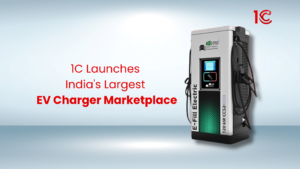
What is UEI & How it Works in Charging Station Standardization By H. Karan Kumar Share: [Sassy_Social_Share] Introduction: The world is undergoing
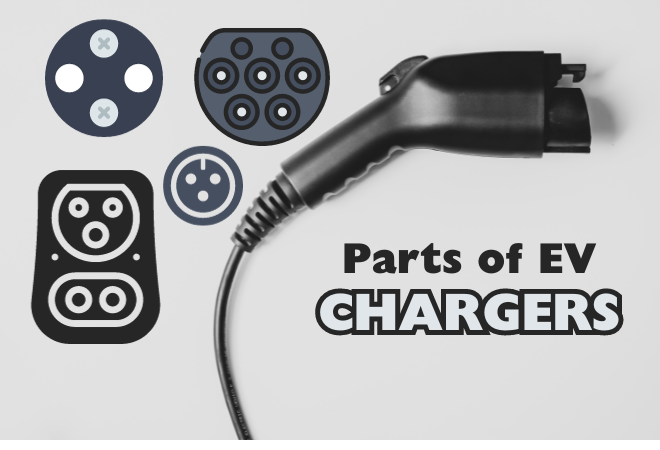
Electric vehicle chargers are like fuel stations for electric cars, recharging their batteries. These chargers have essential parts, such as the power supply, connectors, cables, safety board, and smart features. All these work together to make charging safe and efficient. Knowing about these parts, like the types of power supply and connectors, the different charging cables, and the job of the control board, helps in using electric vehicle chargers well. Smart features, such as RFID card use, mobile app connection, and easy payment systems, make it more convenient for users to charge their cars.
Electric Vehicle chargers are devices designed to recharge the batteries of electric vehicles. They act like fuel stations for electric cars, providing the necessary electric power to replenish the vehicle’s battery for continued use.
The main components of EV chargers include power supply, connectors, cables, safety board and smart features.
The power supply is a crucial part of EV chargers. It transforms electrical power from the grid, whether AC or DC, into the proper voltage and current needed to charge the EV’s battery. This component usually has a transformer, rectifier, and control circuitry.
There are two main types of power supplies used in EV charging:
Level 1 and Level 2 chargers use AC (Alternating Current) power supplies. These chargers take AC power from the electrical grid and change it into the right voltage and current for charging the EV’s battery. AC chargers are commonly found in homes, offices, and public charging stations.
Level 3 chargers, known as fast or DC fast chargers, use DC (Direct Current) power supplies. These chargers take high-voltage DC power directly from the electrical grid and turn it into the necessary voltage and current for quickly charging the EV’s battery. Level 3 chargers are typically found in public charging stations and are known for their faster charging capabilities than AC chargers.
An EV charger’s connector is crucial for ensuring the electric vehicle gets the needed power. It’s made up of a plug that fits into the car’s charging port and a socket. Inside these parts, some pins connect to create an electrical pathway. These pins are designed to handle high amounts of electricity without getting too hot or causing electrical problems.
With its five pins, this connector is commonly found in North America and Japan. It’s best suited for slower and medium-speed charging, handling up to 16 amps of power.
With seven pins, this connector is widely used in Europe and Australia. It can support higher power levels, up to 43 kW, making it suitable for faster charging.
This connector is distinctive and mainly used in Japan, especially for DC fast charging. Its unique “gun” shape allows it to supply electricity at a rate of up to 62.5 kW.
The CCS connector is becoming more popular worldwide. It combines the Type 2 AC connector with two additional DC pins. This standardised connector can support charging speeds up to 350 kW.
The charging cable links the charging station and the EV. It carries electricity from the charging station to the EV’s battery. The quality and type of charging cable can impact how fast and well the charging happens.
An EV charger’s charging cable has two main parts; the connector that connects to the EV and the line itself. The cable is usually made of solid materials like copper or aluminum to handle different EVs’ weights. It’s flexible and easy to move around. There are various charging cables for EVs; the needed type depends on the vehicle’s make and model. Type 1 cables are standard in North America and Japan, while Type 2 cables are popular in Europe.
In India, EV chargers commonly use Type 2 charging cables. These cables are widely adopted in Europe and are also prevalent in India for electric vehicle charging. Type 2 connectors provide a versatile and reliable solution for connecting the charging station to electric vehicles.
The control board is the brain of the charging station. It manages the charging process and ensures the EV battery is safe and efficient. A well-designed control board is essential for the reliability and safety of the charging station. It typically consists of a microcontroller, voltage and current sensors, relays, and other components.
It controls the amount of electricity going to the EV battery. This control considers factors like battery condition, temperature, and capacity. This helps charge the battery properly, making it last longer and preventing damage.
The control board talks to the EV’s computer. This communication shares information about the battery, how fast it charges, and other details. This helps the charging station adjust the charging process for each specific type of EV.
It keeps a close eye on how the charging is going. This includes checking the battery and station’s voltage, current, and temperature. The control board also spots any issues during the charging. If something’s wrong, it takes action to stop or slow down the charging to keep things safe.
Smart features in electric vehicle chargers bring added convenience and functionality.
Including RFID card integration in smart EV chargers is akin to possessing a unique key. This card serves as the key, simplifying the charging initiation process. It’s not just about convenience; it adds a security layer, ensuring only authorised users can access the charging services.
It allows users to check and manage EV charging directly from their phone. It provides a real-time view of your car’s charging status, akin to having a remote control for your charging station. This feature isn’t just about ease; it’s about granting you more control over your charging schedule, enhancing flexibility.
Smart EV chargers streamline the payment process. Integrated payment systems mean you don’t need to carry cash or worry about intricate transactions. It’s like having a built-in cashier. This feature saves time and ensures the payment process is secure and straightforward.
Electric vehicle chargers play a crucial role in powering electric cars efficiently. The various components, including the power supply, connectors, cables, safety features, and smart functionalities, work together to ensure safe and effective charging. Understanding the importance of power supply types, connector variations, and charging cable considerations helps users make informed choices. The control board acts as the charger’s brain, managing the charging process for optimal battery health. Smart features, such as RFID card integration and mobile app connectivity, enhance user convenience, making electric vehicle charging a seamless and controlled experience. Choosing the right charging station with well-designed components is key for a reliable and safe charging infrastructure.
Electric Vehicle (EV) chargers come in various types to cater to different charging needs:
Electric vehicle chargers use different types of charging cables based on the vehicle’s make and model. Common types include:
What is UEI & How it Works in Charging Station Standardization By H. Karan Kumar Share: [Sassy_Social_Share] Introduction: The world is undergoing
Growing demand for electric vehicle charge points Updated on Jun 24, 2023 | 5 min read [Sassy_Social_Share] Several new EVs are launched every
Solar panels work in cloudy or rainy weather, but with reduced efficiency. They still tap into diffuse light for renewable energy.
Right EV charger for your vehicle is important to ensure good performance. Navigate via various types, and key factors to consider when choosing an EV charger.
India’s Growing Need for Intelligent EV Charging Stations Updated on Jun 10, 2023 | 3 min read [Sassy_Social_Share] As of the end
EV is cost effective than fuel vehicle. Know the cost benefits and different methods of charging an EV at home and public spots in India 2024. Call us for Ev charging solutions.
Inside an AC Charging Station Updated on Jun 11, 2023 | 3 min read [Sassy_Social_Share] Charging stations typically require an AC power
Audi's Mumbai fast-charging hub, a game-changer in EV tech, sets new standards. Quick charging, big batteries, and green energy lead the industry shift.
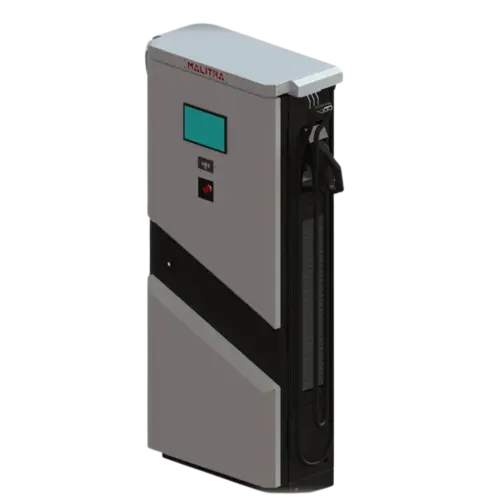

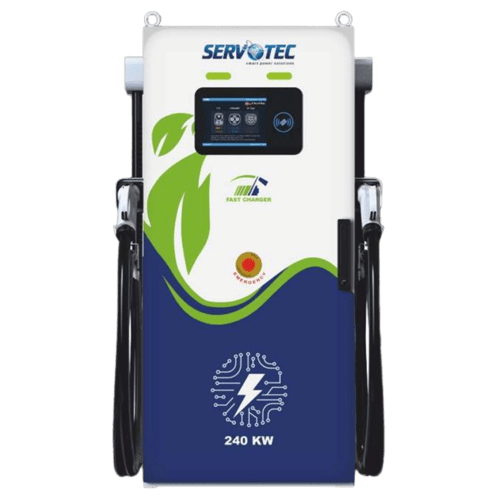
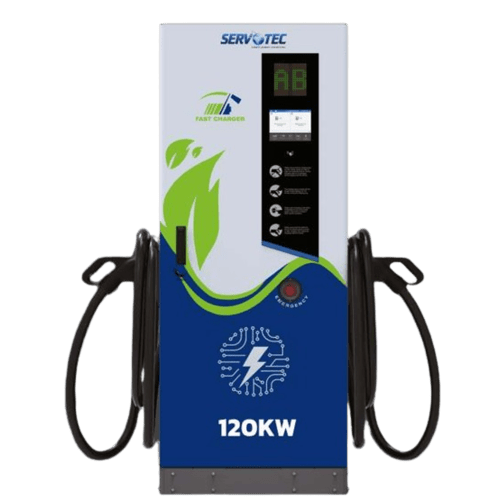
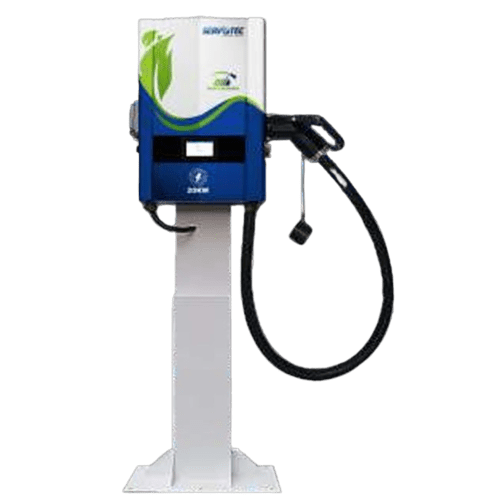
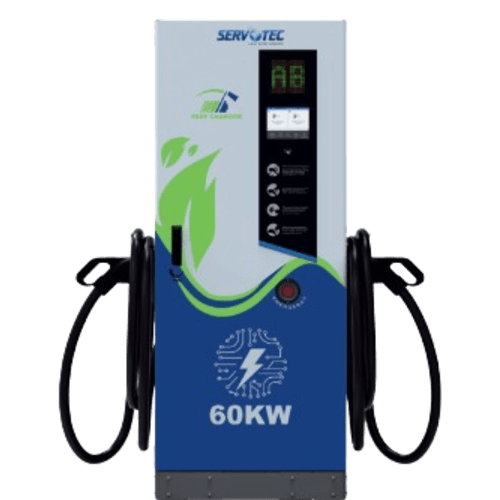
© 2024 Massive Mobility Private Limited. All rights Reserved